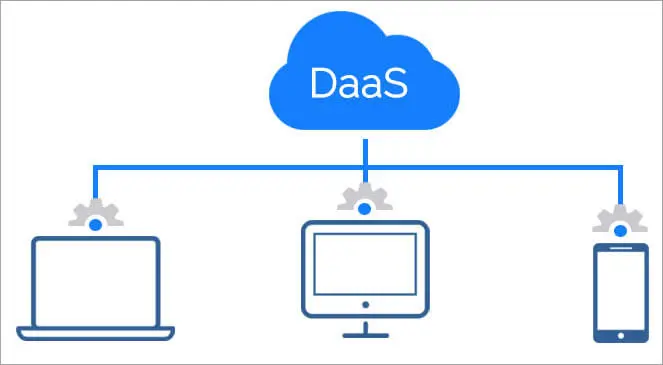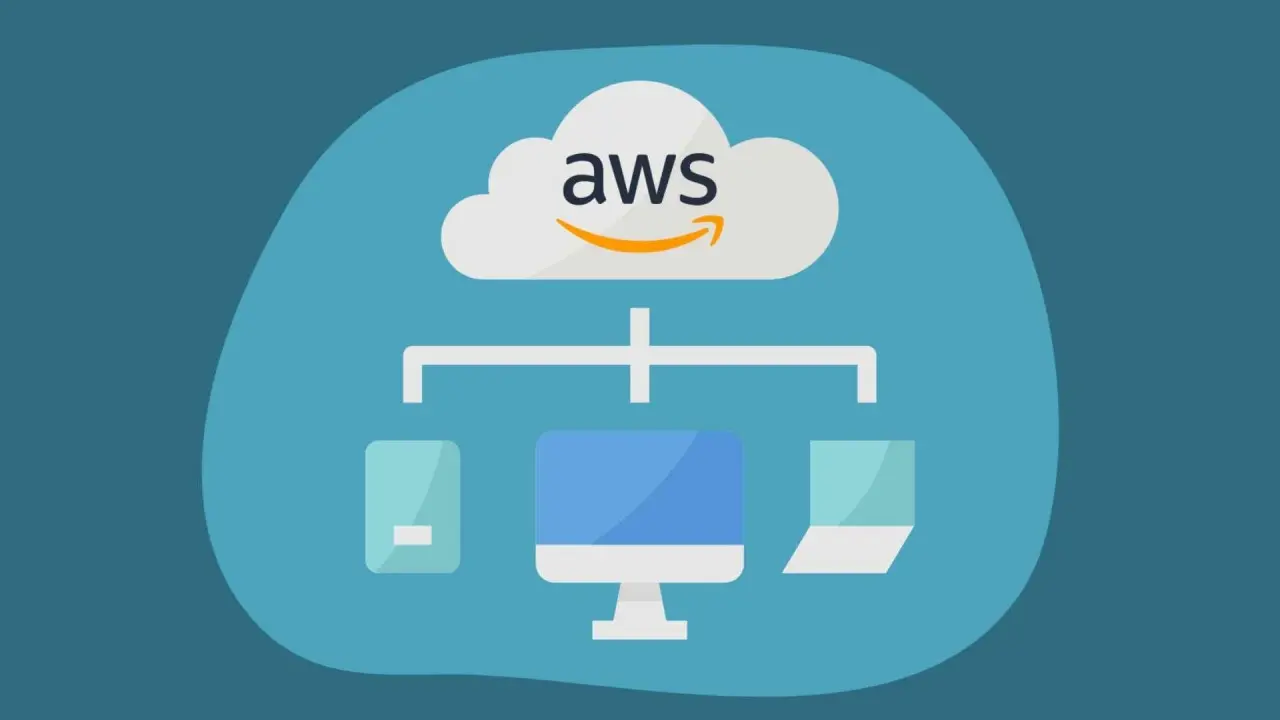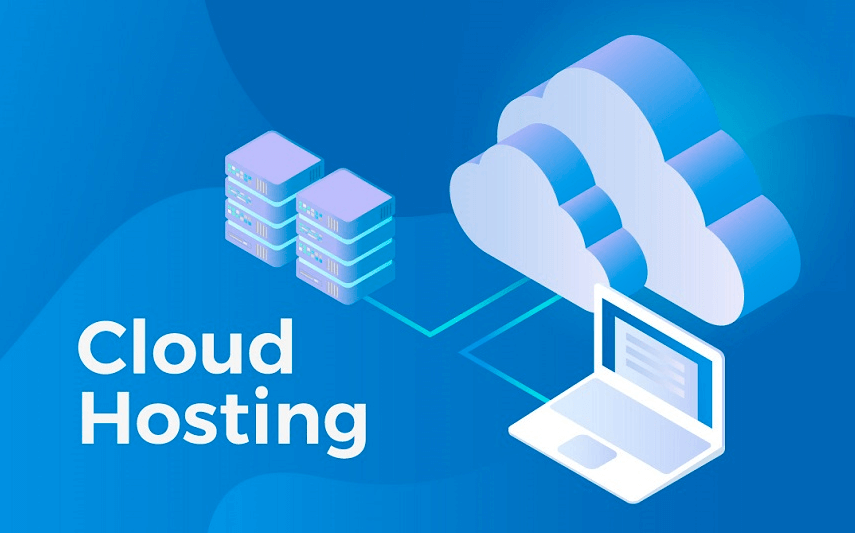The Ultimate Guide to Multi-Cloud Management: Streamlining Operations Across Diverse Cloud Environments
In today’s rapidly evolving digital landscape, businesses are increasingly adopting multi-cloud environments to optimize their operations, enhance flexibility, and reduce risks associated with relying on a single cloud provider. However, managing multiple cloud platforms presents unique challenges. Multi-cloud management involves coordinating resources, services, and policies across different cloud environments to ensure efficiency, security, and cost-effectiveness.
This comprehensive guide will explore the benefits of multi-cloud strategies, the key challenges businesses face, and essential best practices for streamlining operations across diverse cloud environments.
What is Multi-Cloud Management?
Multi-cloud management refers to the practice of managing and orchestrating workloads, applications, and data across multiple cloud platforms (e.g., AWS, Microsoft Azure, Google Cloud, etc.). Rather than relying on a single cloud provider, businesses leverage services from several providers to meet specific needs, whether it's performance, cost savings, or geographic distribution.
By diversifying their cloud infrastructure, businesses can avoid vendor lock-in, achieve greater resilience, and take advantage of specialized services offered by different cloud providers.
Why Adopt a Multi-Cloud Strategy?
Here are the key reasons why businesses are adopting a multi-cloud strategy:
- Reduced Risk of Downtime: Relying on a single cloud provider increases the risk of service disruptions. By using multiple cloud providers, businesses can ensure continuity of service even if one provider experiences an outage.
- Cost Optimization: Each cloud provider has unique pricing models. A multi-cloud strategy allows businesses to optimize costs by selecting the most cost-effective provider for specific workloads.
- Increased Flexibility and Scalability: Businesses can scale their operations seamlessly across different cloud platforms, gaining access to various compute, storage, and networking options that suit their needs.
- Avoiding Vendor Lock-in: By using multiple cloud providers, businesses can prevent dependency on a single provider, giving them more freedom to negotiate better terms and avoid vendor lock-in.
Key Challenges of Multi-Cloud Management
While there are numerous benefits to adopting a multi-cloud strategy, managing a multi-cloud environment comes with its own set of challenges:
1. Complexity of Management
Managing resources across multiple cloud providers can be overwhelming. Different providers use different tools, interfaces, and management systems, creating complexity in monitoring and optimization.
2. Security and Compliance
Ensuring consistent security policies and compliance requirements across various cloud platforms can be difficult. Different providers have different security protocols, and maintaining a unified security posture is essential to mitigate risks.
3. Data Integration and Migration
Managing and integrating data across different cloud environments requires robust solutions for data synchronization, migration, and storage management.
4. Cost Management
While a multi-cloud strategy can optimize costs, it can also lead to increased complexity in tracking and managing expenses across different platforms. Without effective cost management tools, businesses may face unexpected charges and inefficiencies.
Best Practices for Effective Multi-Cloud Management
To effectively manage a multi-cloud strategy, businesses must implement best practices to streamline operations, reduce risks, and maximize the benefits of their multi-cloud environment. Here are some essential steps:
1. Centralized Management Tools
Using a centralized multi-cloud management platform can simplify monitoring and management. These platforms provide a single interface for managing resources, monitoring performance, automating workflows, and setting security policies across all cloud environments. Popular tools include VMware vRealize, CloudBolt, and Red Hat OpenShift.
| Multi-Cloud Management Tools | Key Features |
|---|---|
| VMware vRealize | Cloud automation, monitoring, and cost optimization. |
| CloudBolt | Unified cloud cost management and resource optimization. |
| Red Hat OpenShift | Container orchestration and automation across multiple clouds. |
2. Unified Security Policies
Implement consistent security policies across all cloud platforms. This includes ensuring secure access, encryption of data, and regular vulnerability assessments. Using centralized tools like Cloud Security Posture Management (CSPM) solutions can help manage security and compliance across multi-cloud environments.
3. Automated Workflows and Integration
Automation is critical to streamline multi-cloud operations. Use Infrastructure as Code (IaC) tools like Terraform to automate cloud deployments, infrastructure management, and scaling. Automated workflows can also enhance CI/CD (Continuous Integration/Continuous Deployment) pipelines, ensuring that applications and services are deployed consistently across clouds.
4. Real-Time Monitoring and Performance Management
Monitor workloads and applications across all cloud platforms in real-time. Cloud monitoring tools such as Datadog, New Relic, and Prometheus can help track performance, troubleshoot issues, and gain insights into your multi-cloud environment’s health.
5. Cost Monitoring and Optimization
Adopt cloud cost management tools to track and optimize spending. Tools like CloudHealth, CloudCheckr, and AWS Cost Explorer provide detailed analytics on cloud usage and cost, helping businesses prevent over-spending and achieve better cost efficiency.
Streamlining Operations Across Diverse Cloud Environments
To truly unlock the potential of a multi-cloud environment, businesses must streamline operations to maximize flexibility, performance, and cost-effectiveness. Here's how:
1. Design for Cloud Interoperability
Ensure that your cloud infrastructure is designed for interoperability, allowing workloads and data to move seamlessly between different cloud platforms. This is especially important for businesses that want to run hybrid environments or cloud-native applications across multiple clouds.
2. Use Cloud-Native Technologies
Adopt cloud-native technologies such as containers and microservices to create modular, scalable, and portable applications that can run across various cloud providers without modification.
3. Leverage Managed Services
Take advantage of managed services provided by cloud providers to offload routine management tasks. Managed services like AWS Lambda, Google Kubernetes Engine (GKE), and Azure Kubernetes Service (AKS) allow businesses to focus on innovation while cloud providers handle infrastructure management.
Conclusion
Managing operations across multiple cloud platforms is becoming increasingly essential for businesses looking to optimize performance, reduce risks, and scale operations efficiently. While the challenges of multi-cloud management are significant, the benefits of flexibility, cost optimization, and avoiding vendor lock-in make it a worthwhile investment.
By following best practices like using centralized management tools, automating workflows, and implementing consistent security and cost management policies, businesses can streamline operations and fully realize the potential of their multi-cloud environments.
Investing in a solid multi-cloud management strategy is not just a trend—it’s an essential step in modernizing business infrastructure and staying competitive in today’s cloud-first world.
Explore

Oracle NetSuite Cloud: Revolutionizing Business Management with Cloud ERP

Cost Savings and Efficiency: How DaaS Solutions Can Optimize Your IT Operations

Amazon Web Services in Cloud Computing: Unlocking the Power of the Cloud

Secure Your Business: Exploring the Best Cloud Backup Services

Transform Your Business with IT Cloud Solutions: Benefits, Challenges, and Best Practices

Cloud Hosting Showdown: Comparing the Best Providers for Speed, Security, and Scalability

Executive Rehabilitation Center Luxury: The Ultimate in Wellness and Recovery

Guide To Finding The Right Warehouse Management Systems For Small Businesses
